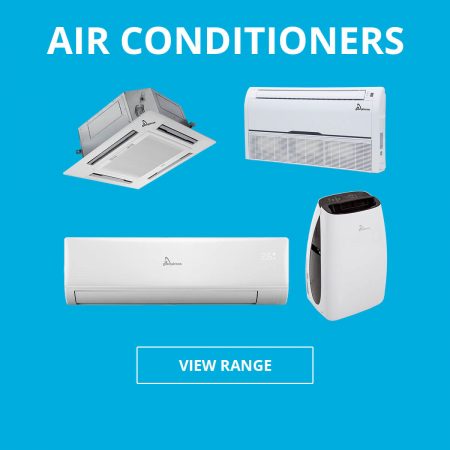If you intend to buy an air conditioner, you might be confused by the large variety in the market. But this doesn’t need to worry you too much! You may need to know that there are two main types of coolers that can be used in your house. The two coolers differ in their engineering design, how they work, efficiency, and capability. This post will define and show the difference between portable air conditioner and evaporative cooler.
What are they?
The evaporative cooler is a cooling device that cools their surroundings through the evaporation of water. The evaporative cooler has different names depending on location. However, the most common ones include the swamp box, wet air cooler, desert cooler, or the swamp cooler.
A portable air conditioner (PAC) is a self-contained cooling system that can be moved from one room to another with ease. Most PAC systems have small wheels that make them easy to move around. Since PACs are movable and can cool a specific area, they are also referred to as spot coolers.
How do they work?
A portable air conditioner sucks in air, cools it through chemical refrigeration techniques, and then releases the cold air into the surrounding space. The portable AC also comes in two condensation removal designs: in one type, venting is used to get rid of the warm air created, while in the second type, excess water is produced. In dry weather, the excess water is released through the exhaust hose but collected in a pan during humid conditions.
The evaporative cooler sucks in dry air and passes it over water moistened pads. The warm air then causes water to evaporate into the surrounding air. This process cools the air up to 20°F, and a fan disperses the humidity like a cool breeze.
Where are they best used?
A portable air conditioner can only be used inside the house.
A swamp cooler can be used indoors and outdoors.
Other Key Differences
| Portable Air Conditioner | Evaporative Cooler |
|
|
Final Thoughts
In most cases, the swamp coolers are cheaper than portable ACs. Also, the portable AC uses relatively more energy but does not need regular maintenance. However, if you live in a humid area, the swamp cooler may not be for you. Similarly, you may need to add water into the swamp cooler from time to time, and opening of windows is recommended to avoid excessive humidity in a room. With that summary of the differences, we hope that you will make a more informed decision on which one is the best one for you.
